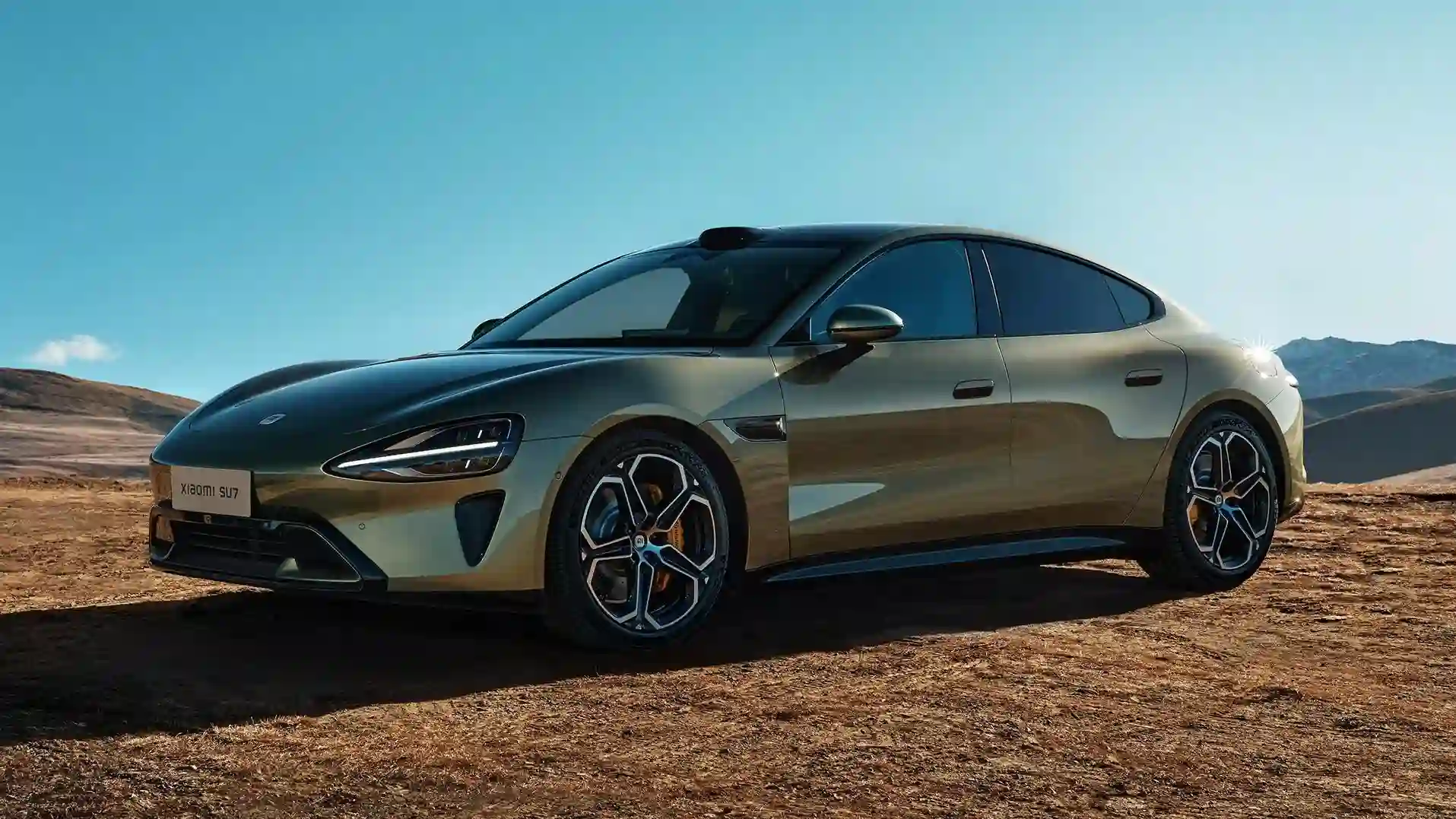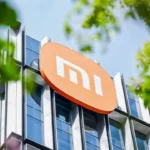After progressing in handsets, Xiaomi has now started trying its hand at electric vehicles. Soon, we can see this SU7 in the markets with better performance capabilities. In terms of prices, it will give a tough beating to Tesla in the US and Porsche in Germany, etc.
Xiaomi CEO Lei Jun revealed this during an event in Beijing on March 28. After this, the company evaluated the features of this car. The SU7 will be a high-end model with a range of 800 kilometres and a top speed of 265 kilometres per hour.
This puts it much ahead of its competitors. On the other hand, it has the potential to go faster than the Porsche Taycan and Tesla Model S, with a claimed acceleration of 2.78 seconds to 100 km /hr.
Some time ago, there was speculation that Apple may also launch its electric cars, but according to a report, Apple has cancelled its car project. In terms of price, the SU7 Max is said to be priced at an attractive USD 41,500, while the Tesla is priced at USD 96,700 and Porsche at USD 210,000.
Some experts have also said that launching the car at this price may cause the company to lose money. The company’s owner has also presented their 10-year target to everyone, clearly stating that after becoming number one in the handsets, they will also try to become number one in the EV sales sector.
In this context, Xiaomi said it received more than 50,000 preorders for SU7 just 27 minutes after its release. Furthermore, for users, the company is trying to develop a high-performance EV with its own technologies, some more advanced than its rivals. Maybe that’s why it was successful.
According to some rumours, the SU7’s motor runs at 21,000 revolutions per minute, while other cars’ motors operate at 10,000 rpm. Xiaomi, however, achieved this speed through its R&D efforts using high-strength magnetic steel sheets. The company aims to develop a 27,200 rpm motor by 2025 and then focus on 35,000 rpm.
Xiaomi uses cell-to-body technology for its cars, reducing costs and the car’s body. For this, Xiaomi has also developed a new system, HyperOS, which uses self-driving technology, creating a new environment for the device.








